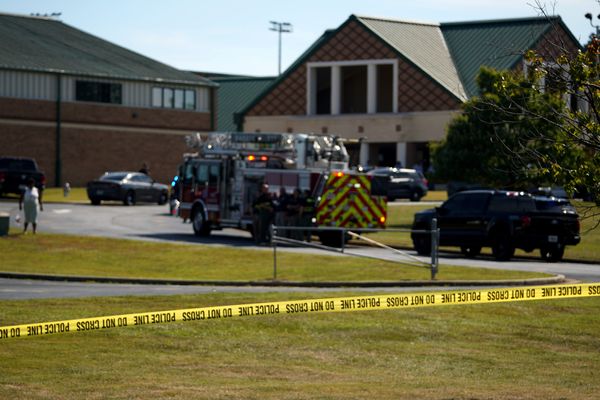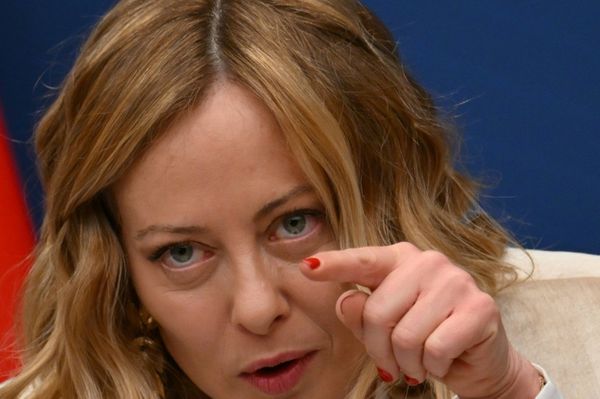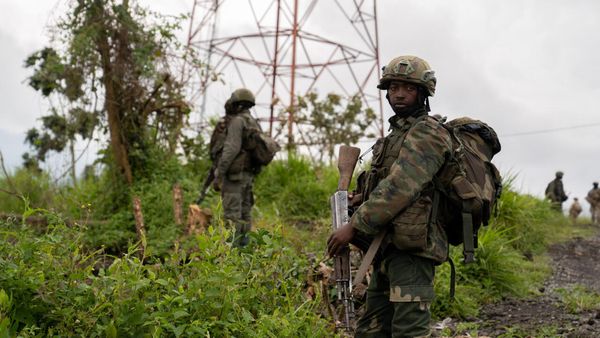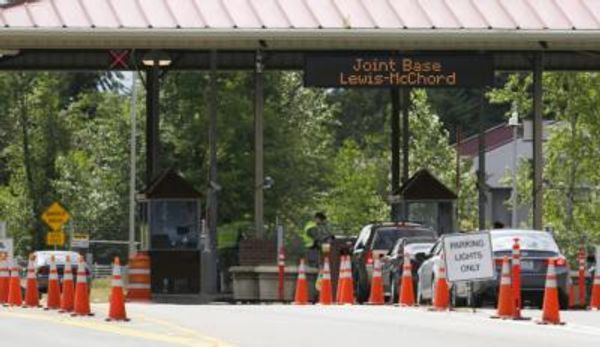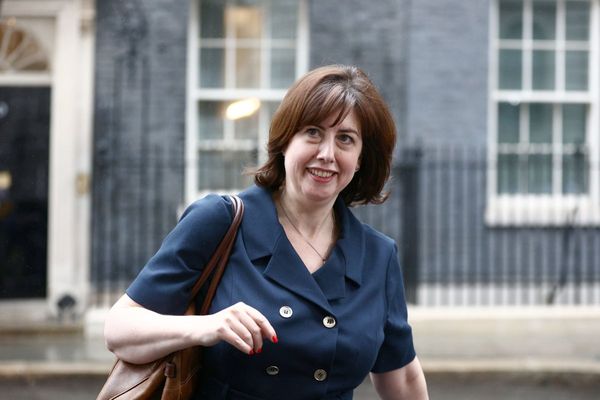
Being locked in the emotional storm of your adolescent years has always been challenging, but as the rates of poor mental health among the youth of Australia continue to spike, hospitals and units are struggling to accommodate the surge.
I’m writing as someone with experience in this area: not as a doctor, psychologist, or politician, but as a young person, not even two decades into life, who has struggled for years with mental health issues. I am one of the many young Australians behind the headlines signalling a so-called epidemic in youth mental health.
I was admitted to both public and private psychiatric units multiple times between 2022 and 2024 for anxiety, depression and trauma. As one of the people who makes up those faceless statistics, I have observed the intricacies of the mental health system.
It has saved my life in dark and desperate moments, but it has never been an easy process due to outdated dogma and a waiting list system which can no longer cope. The understaffed mental health system is contributing to the struggle people face in actually seeking treatment.
In 2007, 26% of young people aged 16-24 were suffering from a 12-month mental illness. By 2020-2022, that number had risen to 39% — meaning that more than a third of teenagers and young adults in this country suffered from mental illness. This spike in rates can be attributed to many factors, including lockdowns during COVID-19, cyberbullying, as well as the open-secret that is school bullying.
But it is the manifestly inadequate response to this crisis that has motivated countless hours of ranting and desperate disbelief, as beds and staff seem rarer than gold. The public mental health system hasn’t been equipped to fight this crisis for at least the past four years.
Today psychiatric wards, inpatient, outpatient and even day mental health programs are flooded with teens and young adults who desperately need help but are placed on waiting lists for weeks to months at a time.
From my experience, a major contributor to anxiety and depression is uncertainty, and the uncertainty of when and if treatment will be available is torturous to a young person who is struggling.
I have seen first hand the impact this has on families; parents are afraid and desperate for a solution when their child is mentally unwell or suicidal. The limbo-like scenario of being shuffled between waiting lists impacts both the young person and their family, who often have to take time off work to supervise their child while awaiting admission.
Hospitals have been pushed to the brink since 2020 and the staffing issues which have plagued general healthcare is tenfold in the smaller mental health area. Nurses and doctors are stretched thin, with facilities with spare beds often being unable able to admit anyone because there are more patients who need help than there are staff to assist and treat.
Beyond the shortages in wards, psychiatrists are harder to find than four-leaf clovers. I first became aware of the difficulty in gaining treatment in 2022. Desperate for help, my family and I applied to numerous psychiatrists and were appalled at the sheer fruitlessness. The first psychiatric practice to contact me sounded cheery and sickeningly non-plussed regarding my situation. I asked how long it would be until I could have an appointment, and I felt instantly nauseous when the answer was four months. This pattern continued, as every single mental health professional seemed booked and busy, each one saying it would be at least three months.
In March 2024, I was at a hospital in the outer south-eastern suburbs of Melbourne, in the Youth Inpatient Unit. This is a unit meant for patients aged 16-25, but due to staff shortages and the adult wards being flooded, there were numerous people there in their 30s, and from the looks of it their 40s. As the unit is meant to be a youth ward, this experience was appalling. Teens and young adults struggling with their mental health should not be in an environment with older patients when other young people, who the ward is designed for, are stuck on a waiting list.
During this same period, after I left the unit, I waited one month for admission to a recovery facility in the same suburb. Sick of waiting, I decided to check what the waiting time was for a day program at an alternative hospital. I quite literally gagged from shock. The waiting time would be six months. To say I felt deflated, broken and appalled is an understatement.
I was furious, but I was also deeply scared. I did not know when I would be able to get the help I needed, every day calling different centres and wards to see if the waiting lists had shortened. At one point, a one-week wait was inflated to three weeks. Morbidly, I asked my mum if they expected me to calmly wait and refrain from acting impulsively for the two, three, four months of waiting as my mental health was stewing into a crisis.
The journey to seeking help is arduous as is, and the uncertainty that festers from the engorged waiting lists has been a cruel hurdle for many young people in this country. Our understaffed system must adapt, and quickly, to help this generation survive and thrive.
For anyone seeking help, Lifeline is on 13 11 14 and Beyond Blue is on 1300 22 4636. To speak to a First Nations crisis supporter, call 13 YARN (13 9276). In an emergency, call 000.
